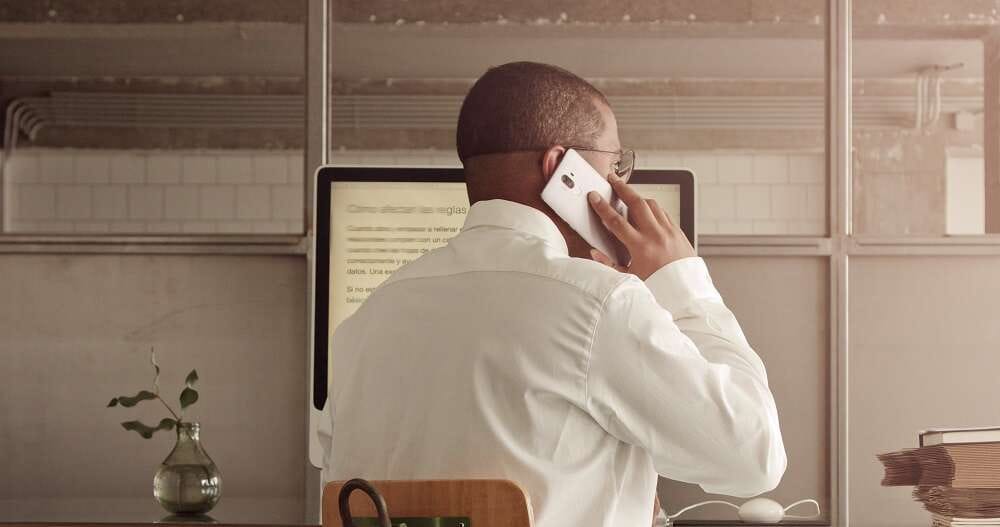
“One-third of staff never want to leave their homes again!” – Dr. Helena Rubinstein, Head of Behavioural Science, Innovia Technology.
The world is a different and much more uncertain place to the one we knew before the pandemic. Among many changes, it has forced businesses to reassess how we adapt to managing employees returning to the office as hybrid models of working are introduced and COVID-19 restrictions are lifted in the UK.
CEOs, HR staff and managers are under enormous pressure as staff prepare to reorganise their lives. It’s estimated that 70-80% of companies will switch to some kind of hybrid model of working, while 20-30% are still undecided.
Life at the office is clearly not going to be the same. Any business leader or manager that thinks they can demand people to go back to the office thinking they will all be happy to do so is very misguided.
It’s not to say that staff don’t want to go back. Many are ‘chomping at the bit’ to do so. They just don’t necessarily want to see each other for eight hours every day. Almost every company I’ve spoken to that has surveyed its staff about hybrid working practices, including our own, say one-third never want to leave their homes again; one-third wish to return to the office full-time; and one-third want some sort of hybrid model to which there are some clear pros and cons.
Based on our own internal research and previous academic research on remote working, what we’re seeing is a ‘remote working paradox’ with both positive and negative outcomes.
The positives are around work performance. Staff will have perceived autonomy, a better work-life balance, enhanced job satisfaction resulting in improved productivity. The downside relates to the social and emotional impact. This might include damage to vital working relationships, the perception of impairment to future career prospects, promotion penalties for those choosing to work from home, all of which can lead to the creation of inclusion and diversity issues.
‘Challenging institutional assumptions’, such as believing staff will comply with returning to pre-COVID working practices, is one of four rules taken from Innovia’s Radical Basics Manifesto, which enables companies to navigate through the extreme uncertainty we are now dealing with.
The rules for managing teams, creating new solutions and for navigating uncertainty are what we at Innovia Technology refer to as ‘radically basic’. Radical because you need to question the foundations of what you are doing and consider new ways of doing them, and ‘basic’ because these techniques are tried and tested ways of managing uncertainty.
They are well known and used extensively by those working in the front-end innovation sector; an industry renowned for dealing with uncertainty and ambiguity.
The four rules of Radical Basics that business leaders are encouraged to follow are:
- Challenge institutional assumptions
- Free teams from silo bonds
- Give teams permission to fail (and learn)
- Cultivate ambidextrous minds and methods
These are not newly minted tips that might turn out just to be the next orthodoxy to overturn. These are tried, tested, and proven in hundreds of successful breakthrough innovation programmes for leading global companies over the last 20 years.
To find out more about Innovia Technology’s ‘Radical Basics: A manifesto for innovating through the extreme uncertainty of a post-COVID world’ click here.
About Author:
Helena Rubinstein – Behavioural Scientist and Director of Strategic Services at Innovia Technology.
Helena is a highly experienced behavioural scientist who applies this expertise to complex innovation challenges for major global corporations. She has worked in advertising, corporate communications, branding and innovation.
In 2014, she founded the behavioural science team at Innovia Technology, an innovation consultancy based in Cambridge, UK. During her time at Innovia, Helena has worked on behaviour-led innovation programmes across a wide range of sectors including encouraging people not to drink and drive for Heineken, improving the board experience for staff and employees at Southwest Airlines and helping people to stop smoking for a large pharmaceutical company.


